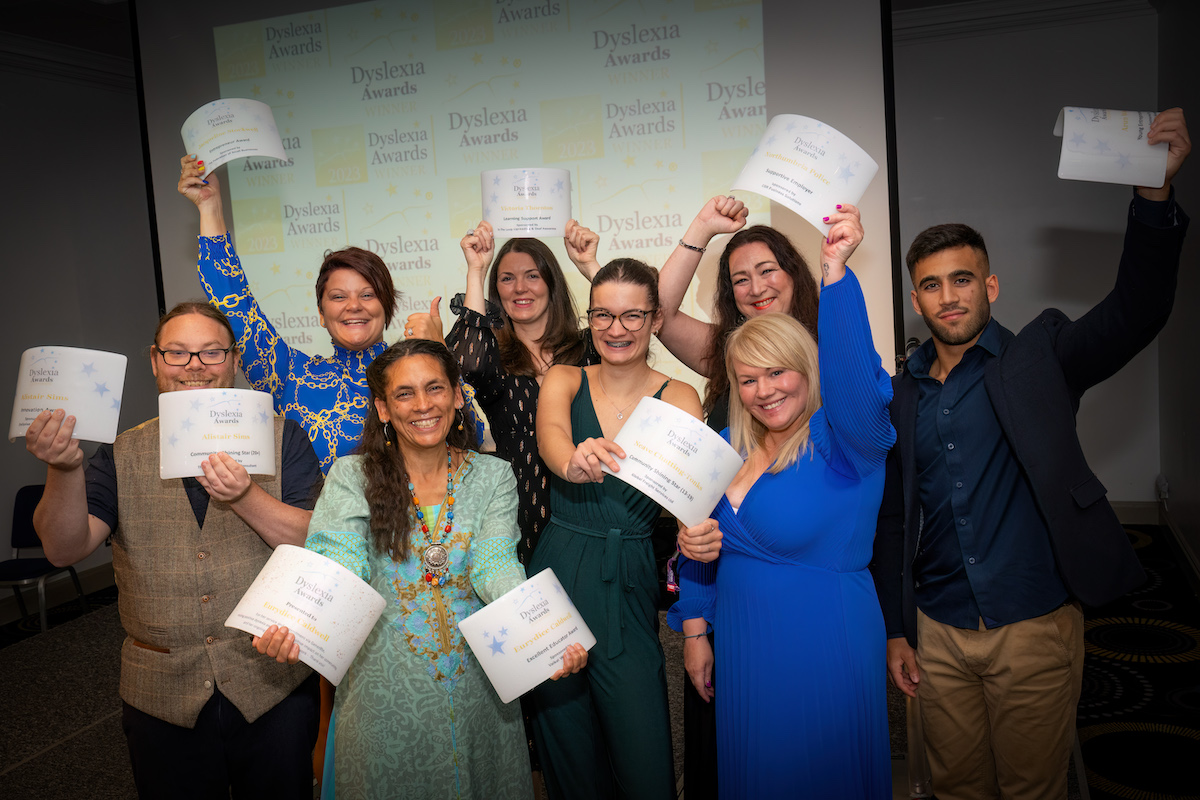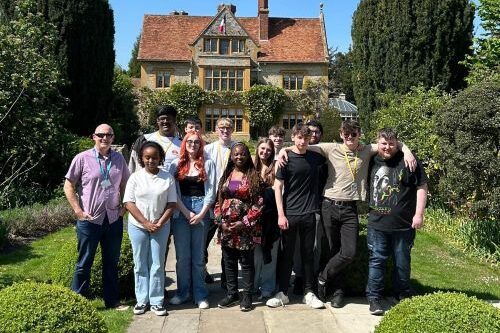Ensuring the most disadvantaged minorities in UK education – Gypsies, Roma and Travellers – have fairer opportunities

The Higher Education Policy Institute (www.hepi.ac.uk) has published a new report on access to education among Gypsies, Roma and Travellers (GRT), kindly supported by the University of Sussex.
Written by Dr Laura Brassington, Policy Manager at HEPI, Gypsies, Roma and Travellers: The ethnic minorities most excluded from UK education (HEPI Report 151) shows:
- Gypsy, Roma and Travellers of Irish heritage have the widest attainment gap in measures of pupils achieving a good level of development in early years education;
- Gypsy, Roma and Traveller pupils have some of the lowest rates of attendance and the highest rates of permanent exclusion from schools;
- in 2020/21, 9.1% of Gypsy / Roma pupils and 21.1% of Irish Traveller pupils achieved a grade 5 or above in GCSE English and Mathematics, compared to a national average in England of 51.9%;
- young people from Gypsy / Roma and Irish Traveller communities are the least likely ethnic groupings to enter higher education by the age of 19 – just 6.3% of Gypsy / Roma and 3.8% of Irish Travellers access higher education by the age of 19 compared toaround 40% of all young people;
- Gypsy and Irish Travellers are the UK’s ‘least liked’ group, with 44.6% of people holding negative views against them – 18.7 percentage points higher than Muslims; and
- Irish Travellers face a ‘mental health crisis’, with one-in-10 deaths caused by suicide.
The author of the report, Dr Laura Brassington, said:
‘Gypsy, Roma and Traveller individuals still face exclusion from education. It is tragic that so many avoid identifying by their ethnicity for fear of racial prejudice. It is scarcely believable they still face so many barriers when accessing mainstream education.
‘Education institutions could commit to change this situation by doing more to recognise the challenges and signing the Pledge to tackle them, while policymakers should improve data collection and find the modest sum of money that could make a huge difference.’
In her Foreword to the report, Emerita Professor of Higher Education at the Centre for Higher Education and Equity Research (CHEER) at the University of Sussex, Louise Morley, writes:
‘The story of GRT communities is one of spatial segregation, symbolic and actual ghettoisation, and the racialisation of poverty and social exclusion. We now have the opportunity to make important strategic interventions for change, and transition from abjection to inclusion.
‘While the collection of ethically disaggregated data is a fraught concern across Europe, the absence of data has been a feature in the UK’s higher education system, with GRT often not offered as an ethnic identity in equality, diversity, and inclusion (EDI) initiatives.’
It can be difficult for people to self-identify as Gypsies, Roma, Travellers, Showmen and Boaters (GRTSB). For example, a tick-box category for ‘Roma’ was added to the census in England and Wales for the first time only in 2021. Fear of prejudice also leads people to hide their ethnicity, causing further under-representation in official data. The small increase shown recently in access to higher education among Gypsy, Roma and Travellers may simply reflect an increase in self-identification.
Campaigns to improve access to education for Gypsies, Roma and Travellers are made more difficult by widespread prejudice and racism. Gypsies, Roma and Travellers face bullying and a lack of understanding of their ways of life.
If Gypsies, Roma and Travellers were evenly represented in higher education, then they would make up around 0.1% of all students. That would be 2,600 students, instead of the 660 there are today. This is feasible, given it would mean each university having under 20 Gypsy, Roma and Traveller students on average, or enrolling around just seven freshers from these communities each year.
There were just 30 students with Gypsy, Roma and Travellers backgrounds registered at Russell Group universities in 2020/21. If they were not under-represented at these research-intensive institutions, there would be over ten times as many – around 320 undergraduates.
Although very few Gypsy, Roma or Travellers currently make it to higher education, the Gypsy, Traveller, Roma, Showmen and Boaters into Higher Education Pledge launched by Buckinghamshire New University is an effective scheme aimed at improving the situation and the report urges more higher education institutions to sign up the Pledge.
Other policy recommendations include:
- Better data collection: clear and consistent data collection of students and staff who identify as Gypsy, Roma, Traveller, Showman and Boaters at education institutions.
- Recognising Gypsy, Roma and Traveller histories: marking Holocaust Memorial Day (January), International Roma Remembrance Day (April) and Gypsy, Roma and Traveller participation History Month (June).
- More tailored funding: £60 million Government funding to work with community groups to improve outcomes.











Responses